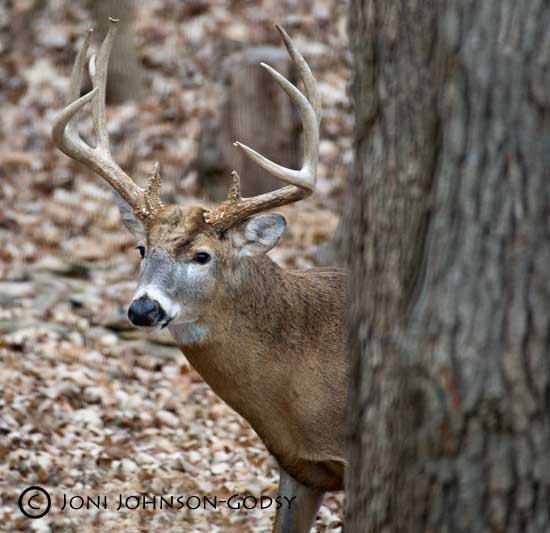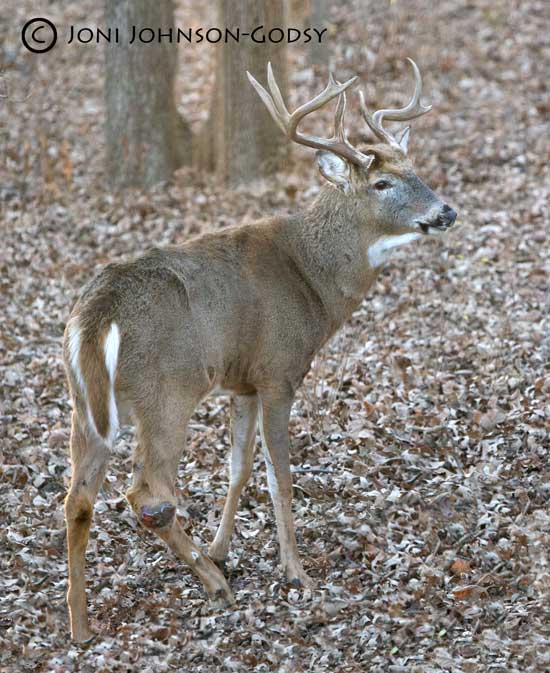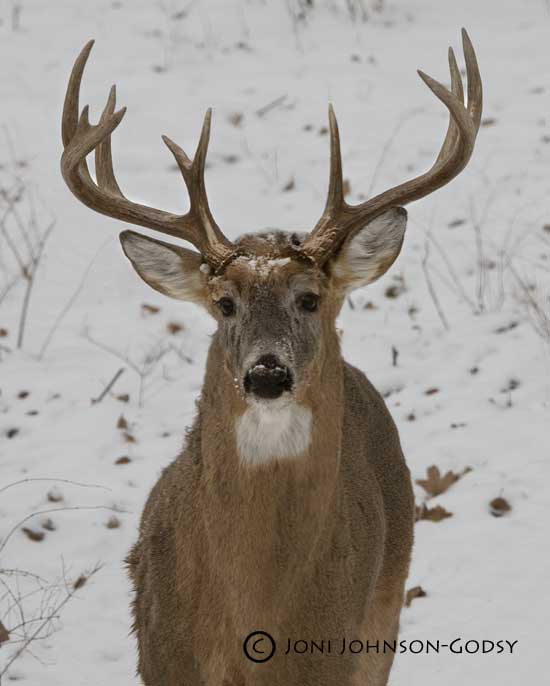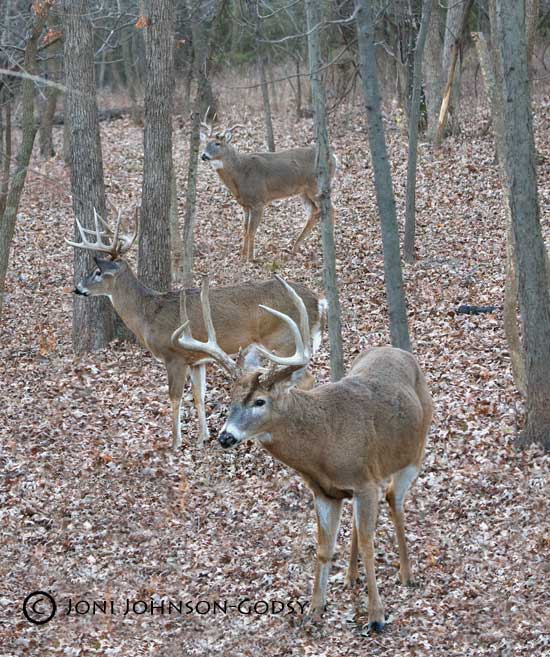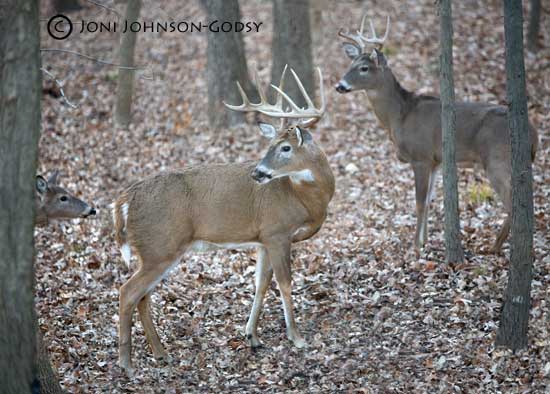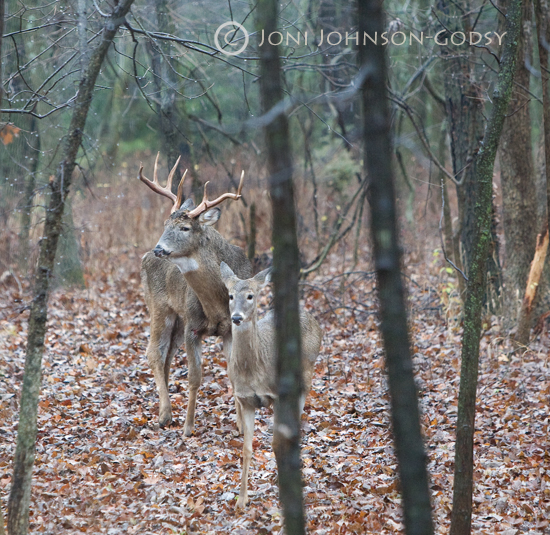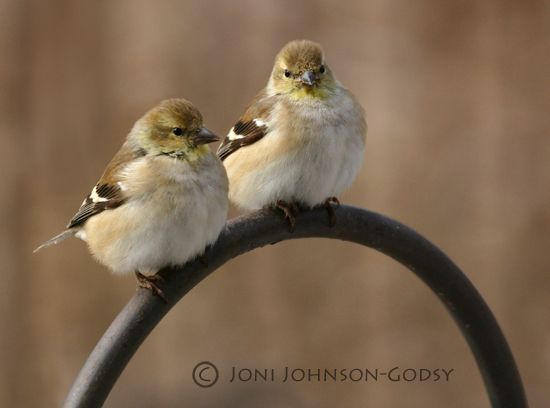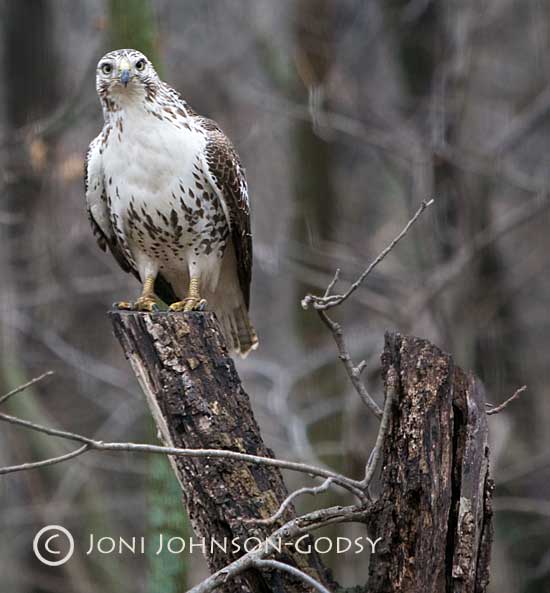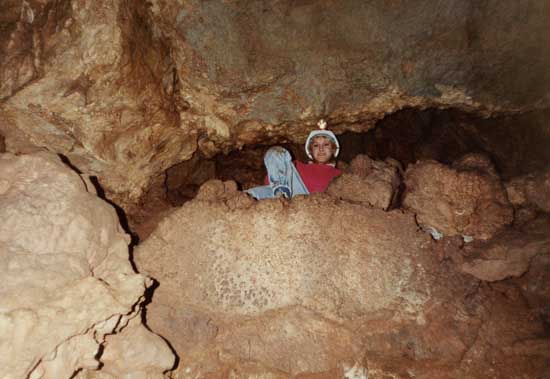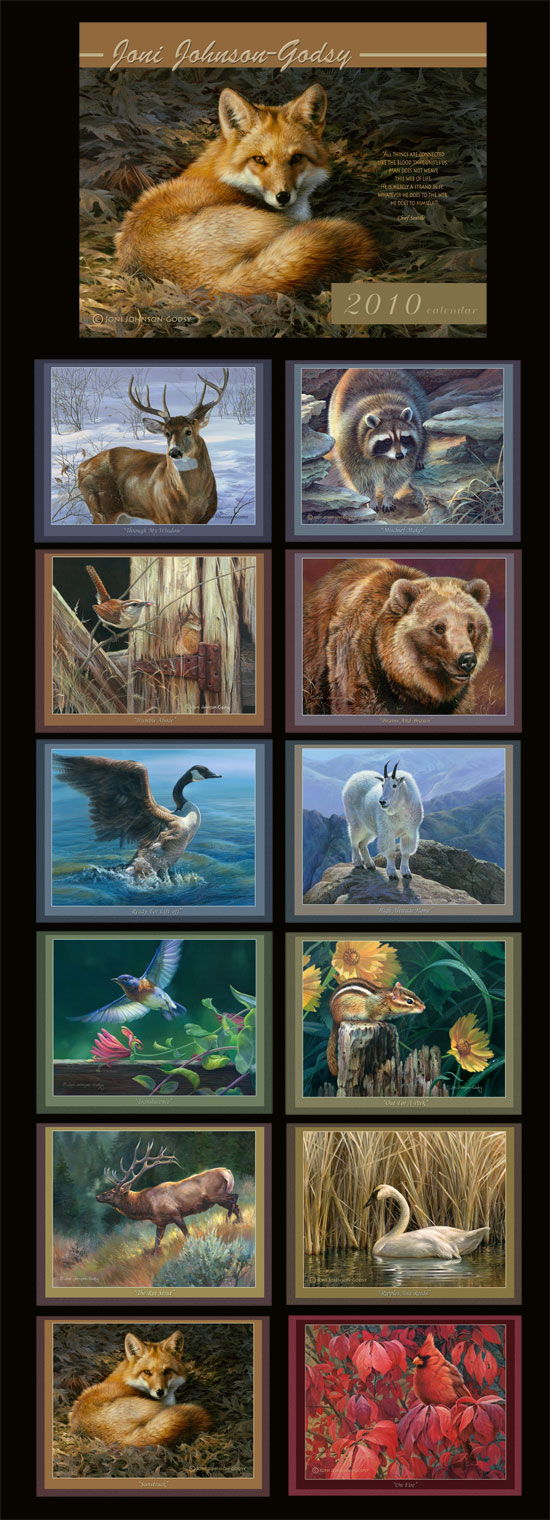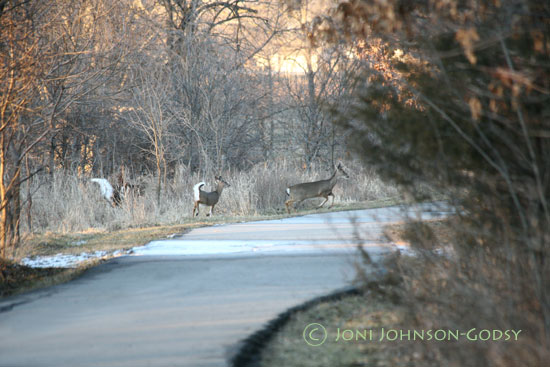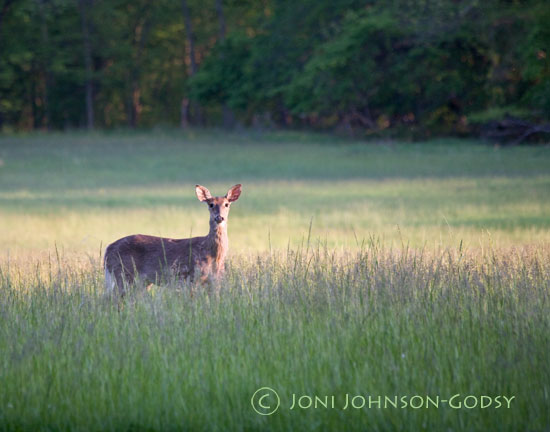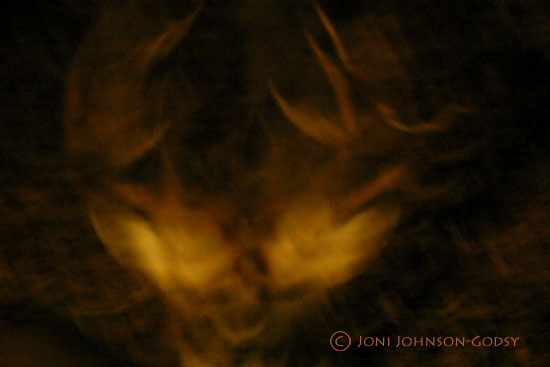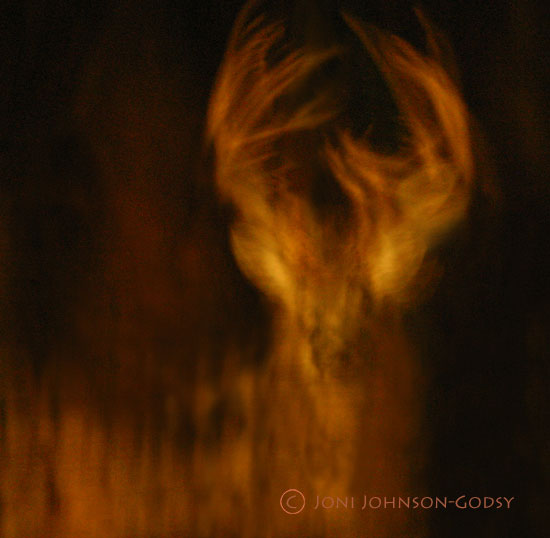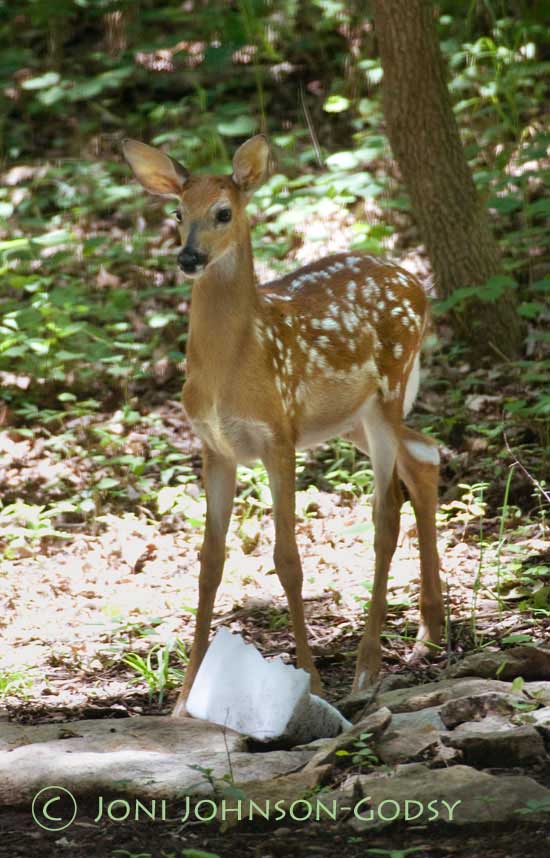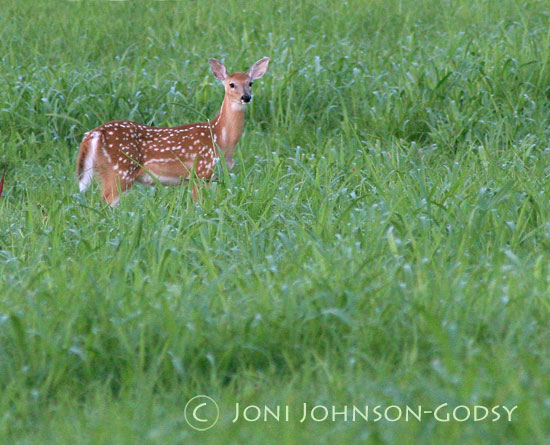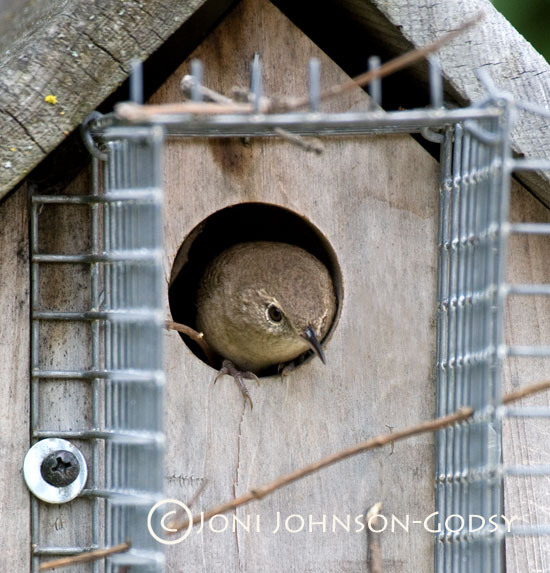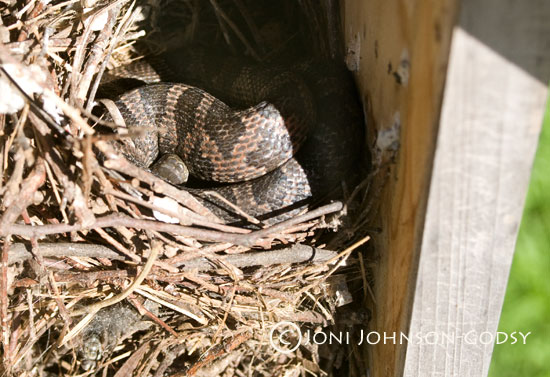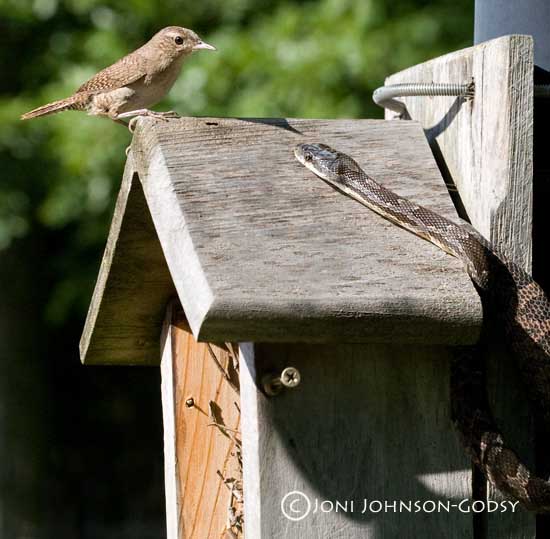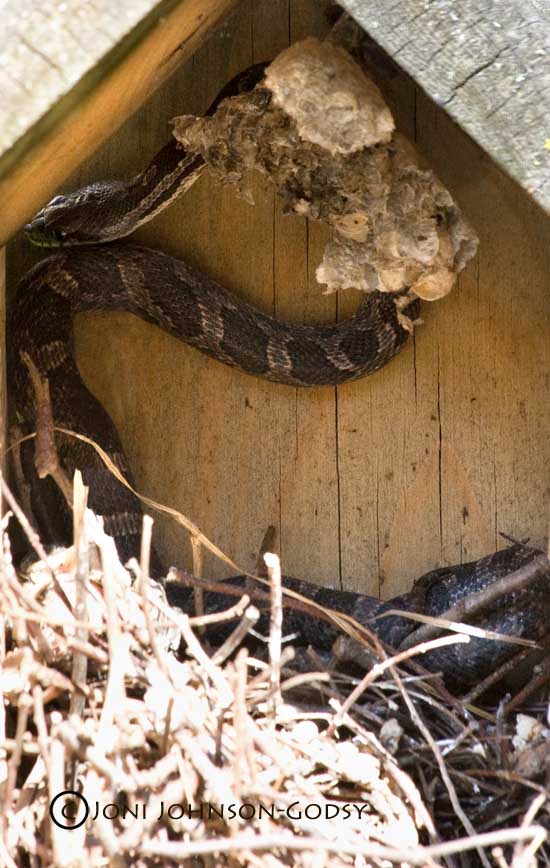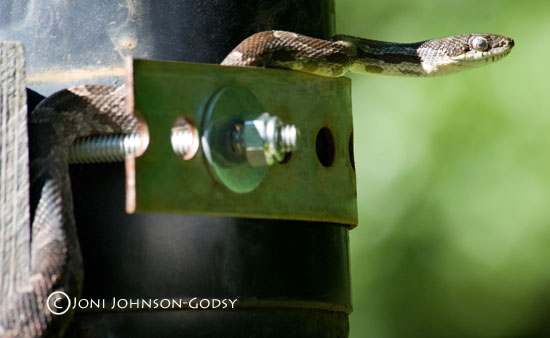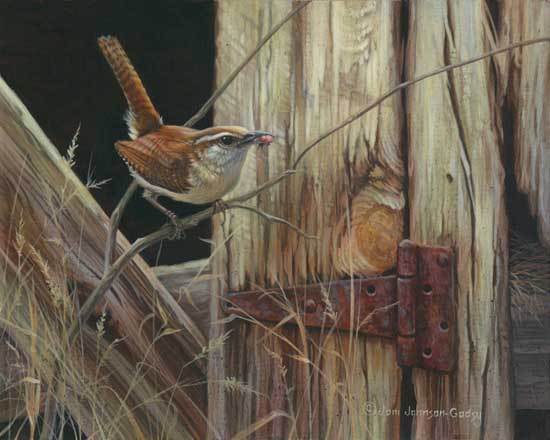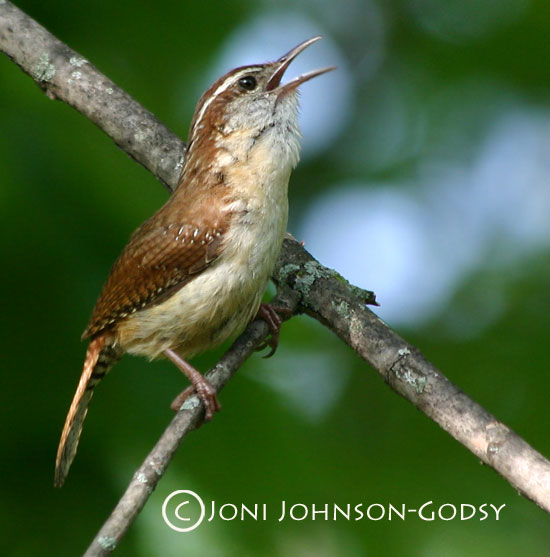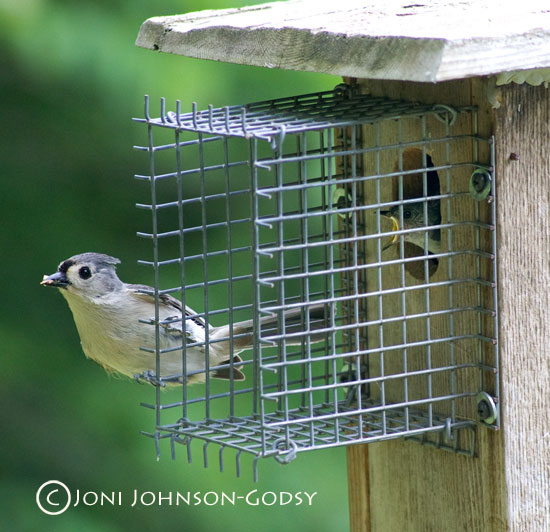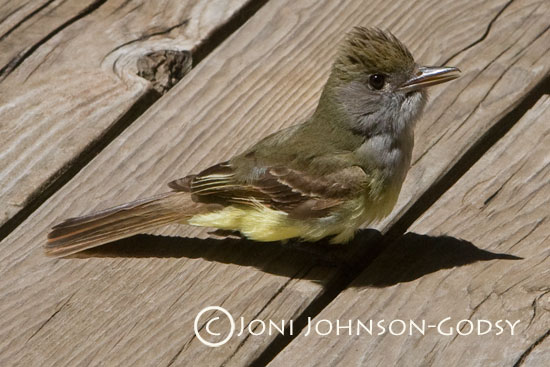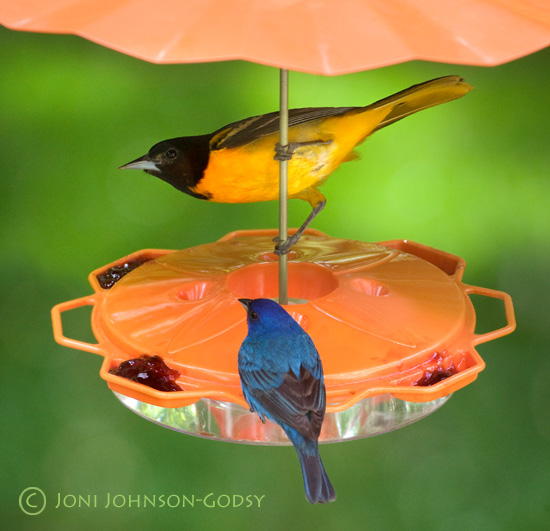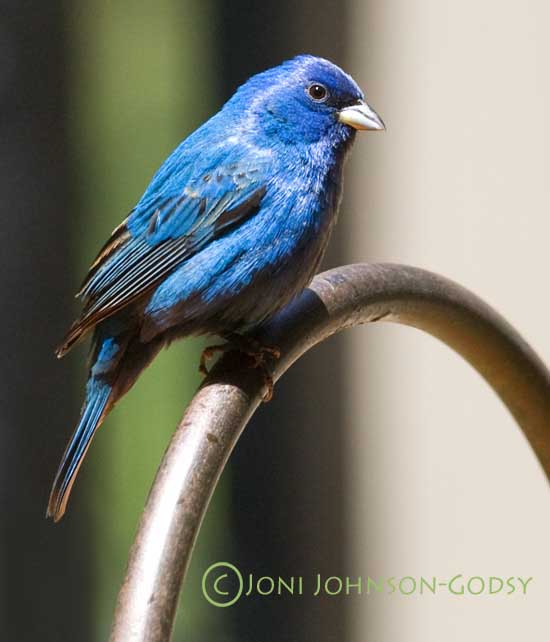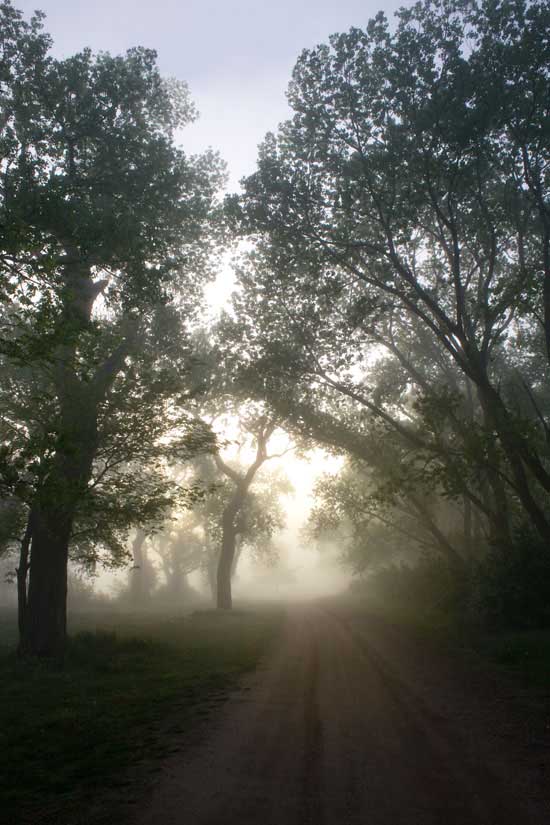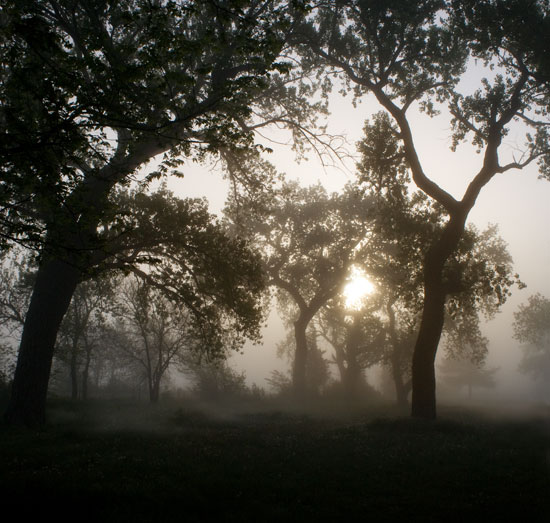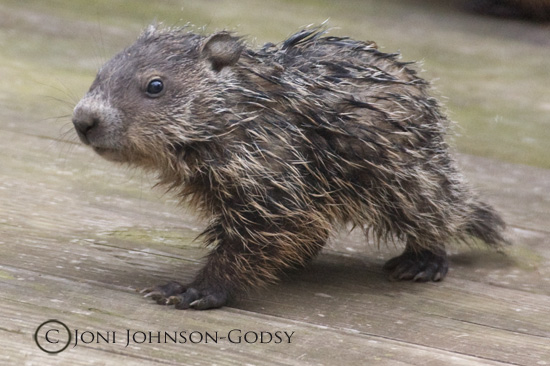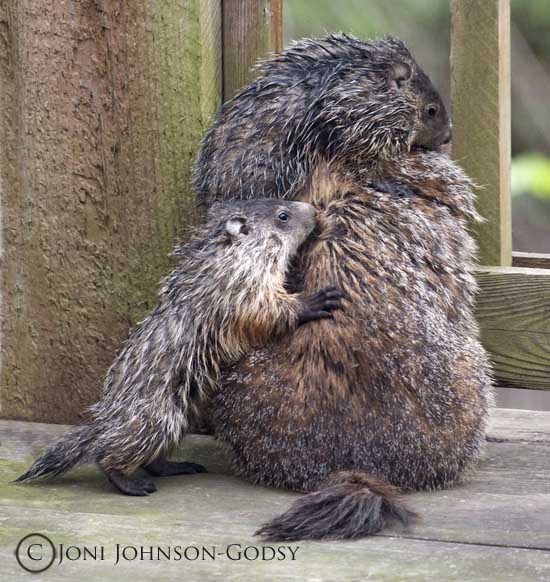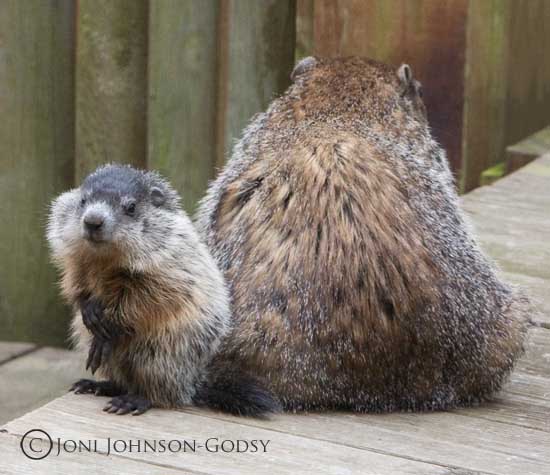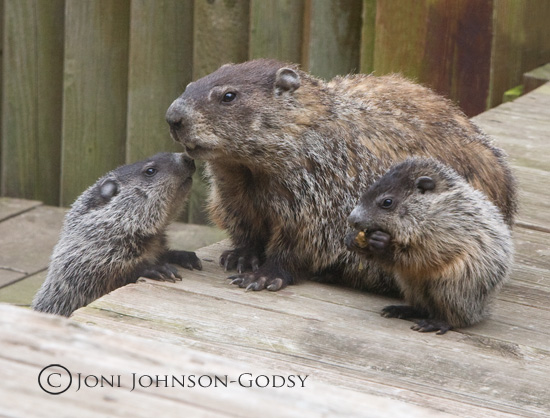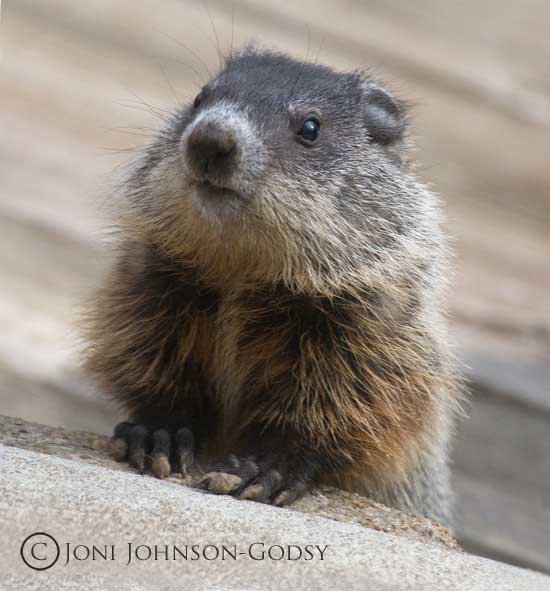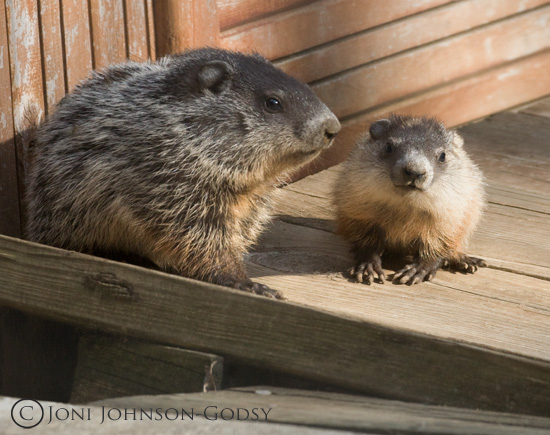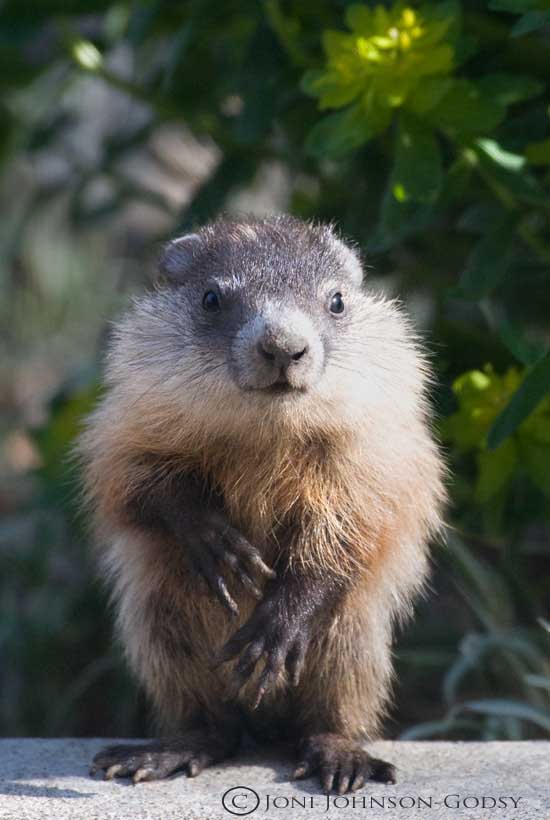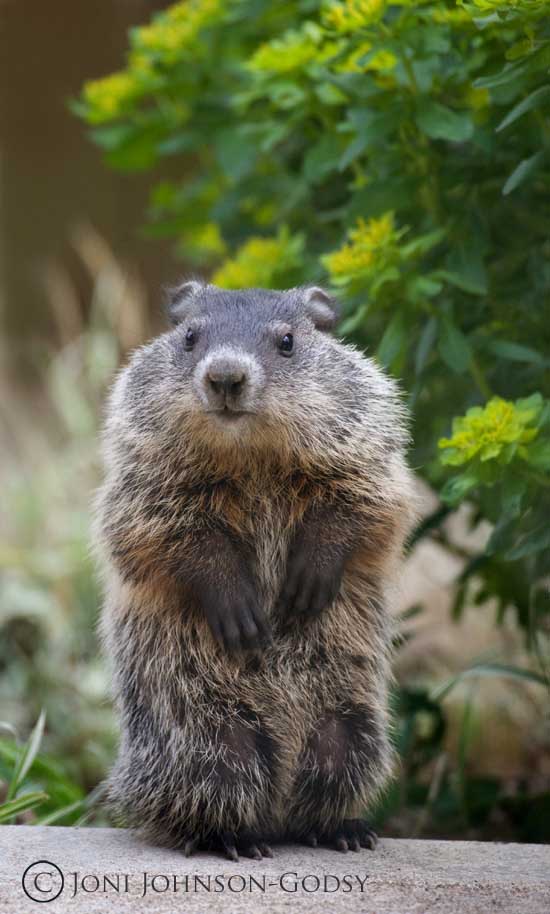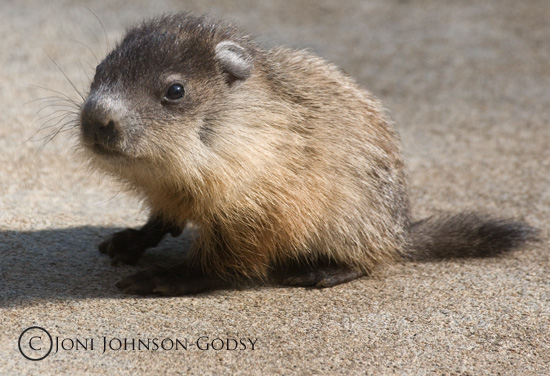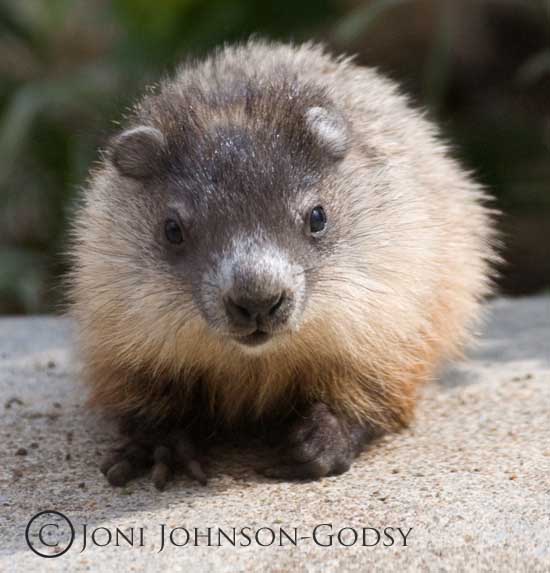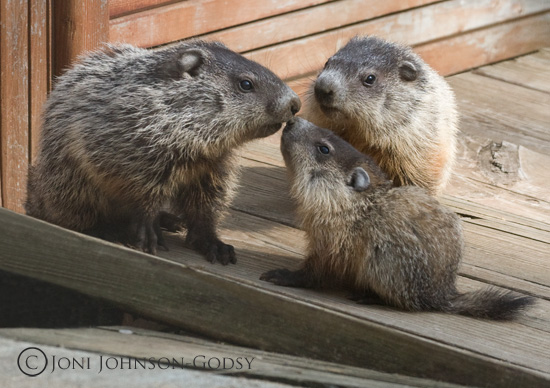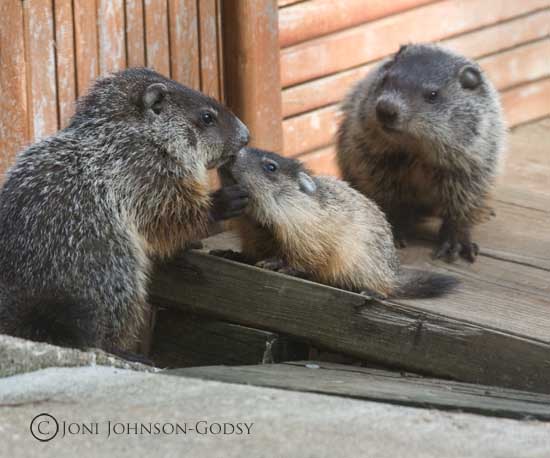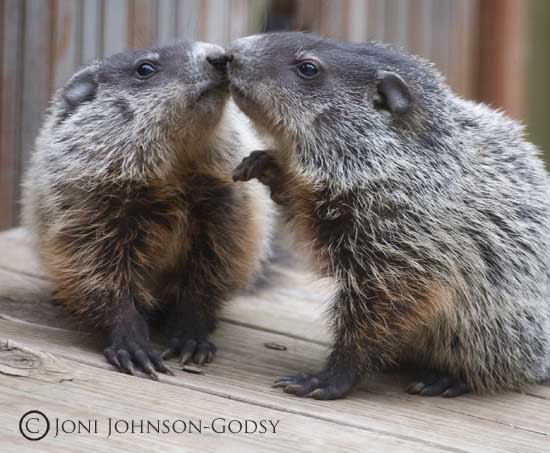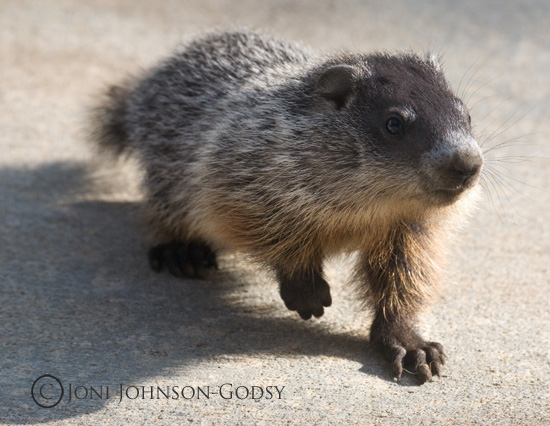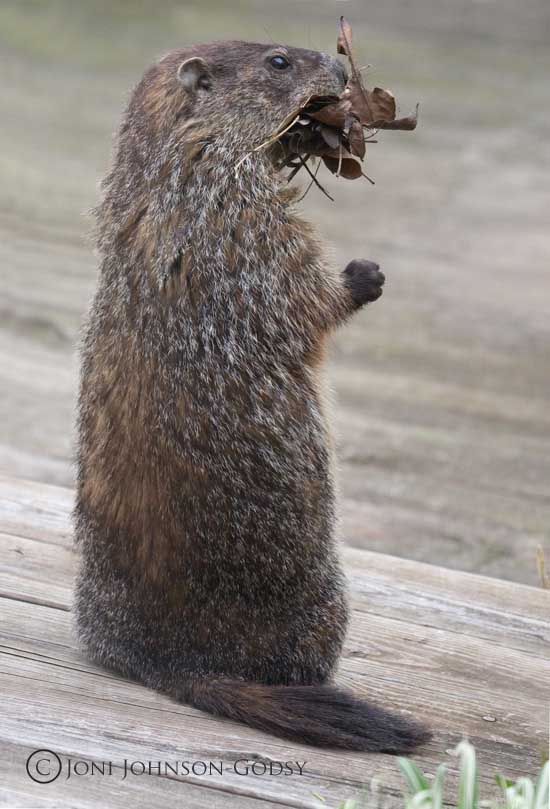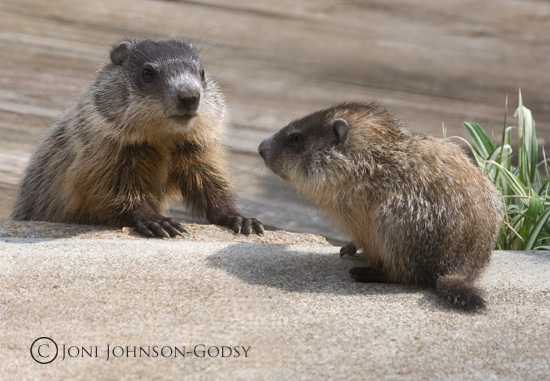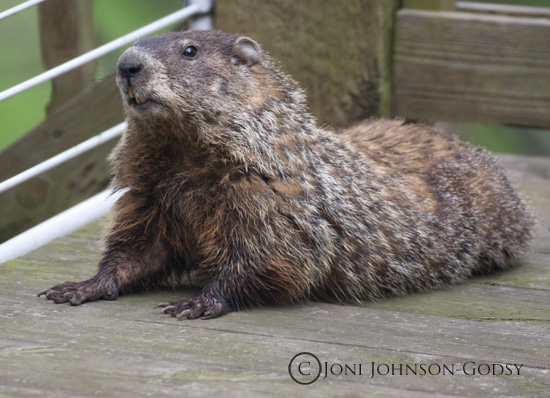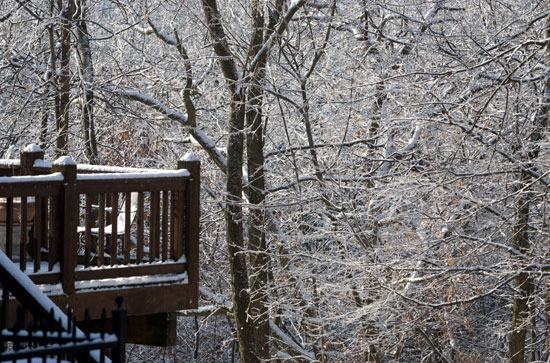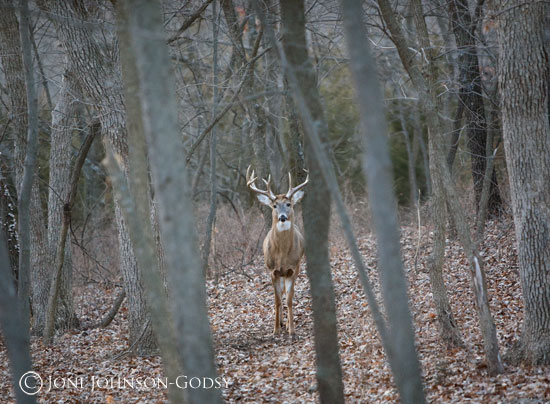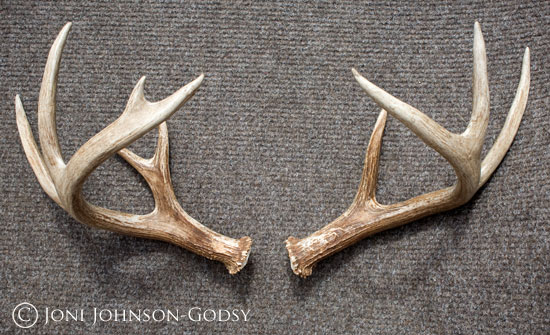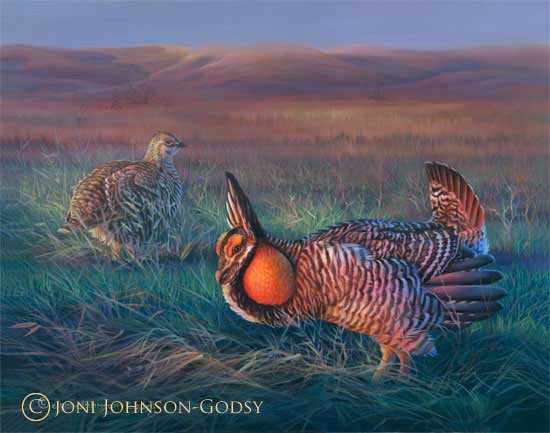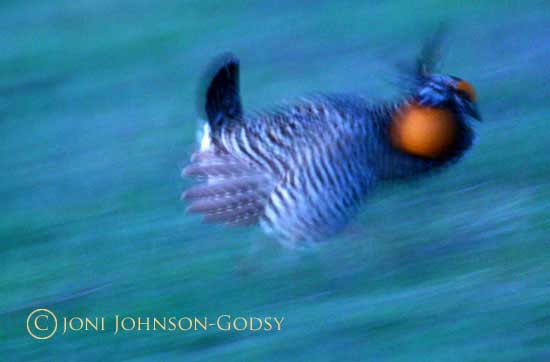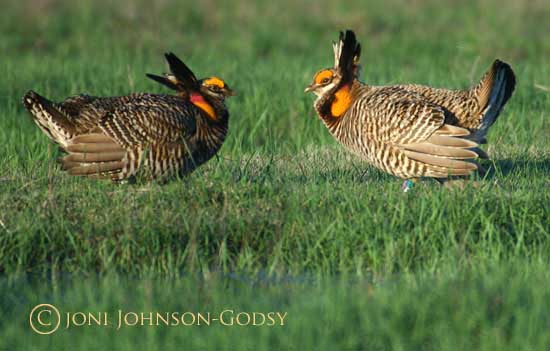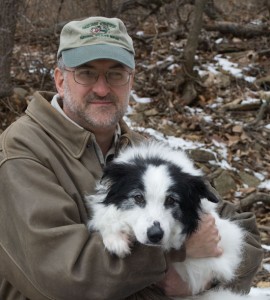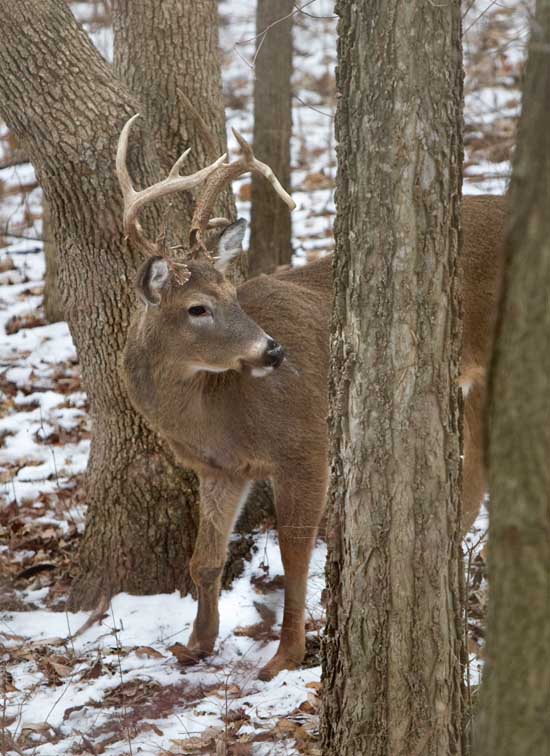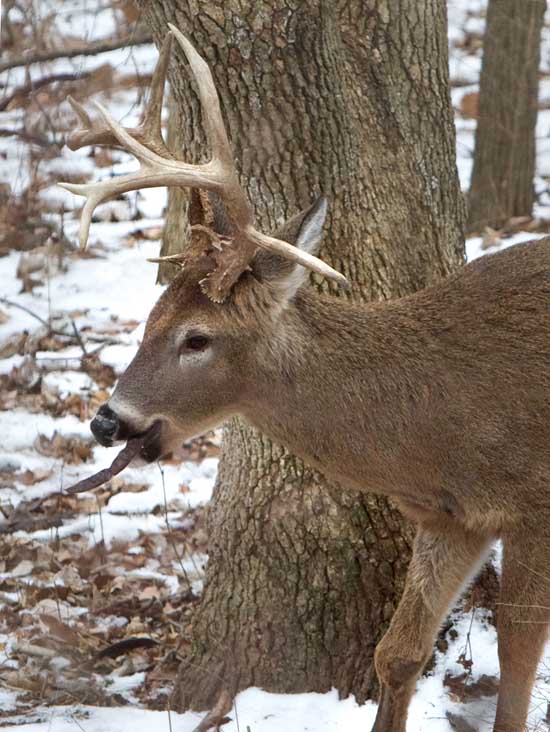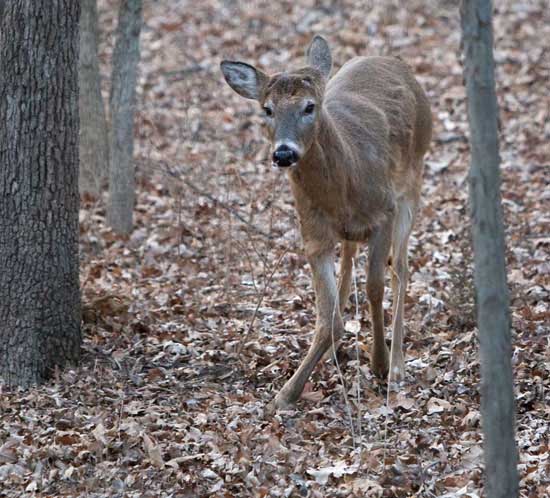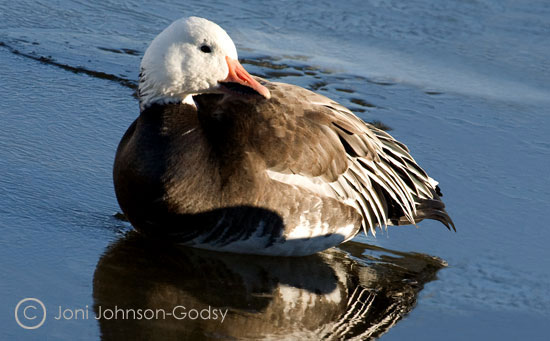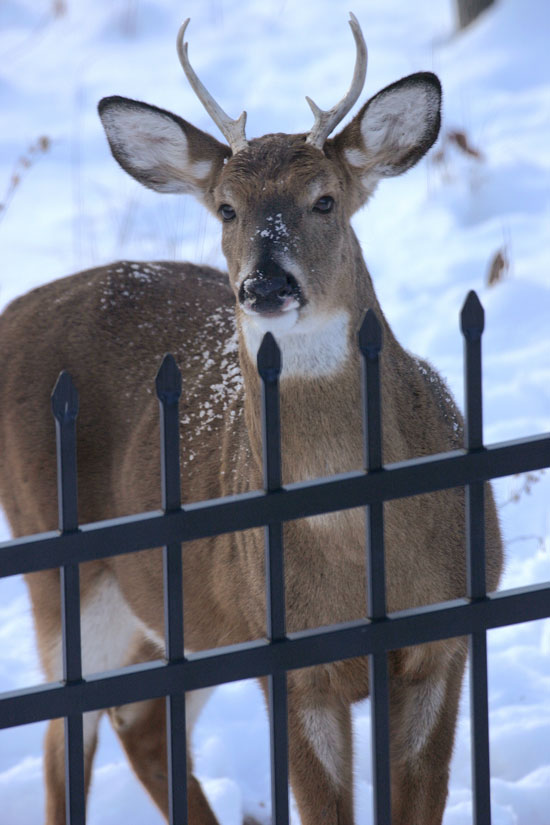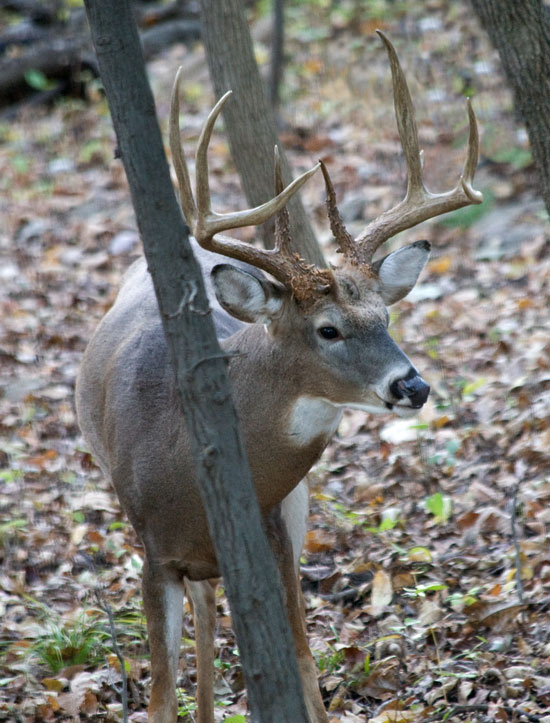We humans often blunder through our daily lives giving little thought to the myriad of living creatures that share this world with us. The animals that live outside our windows are simply below our radar of importance. For many, this happens by default of logistics. Being dwellers of concrete and stone, we go about our business paying little attention to anything that is not relevant to our daily tasks.
But what are we really missing out on? There is a world out there of unimaginable complexity, full of drama and the constant use of silent language. Many mammals don’t have a complex audible language. They don’t need it. They are masters at reading the silent language of others.
For anyone who doesn’t believe that animals feel a complex range of emotions, continue on and see these emotions for yourselves…
Winter is optimal deer watching time for us. Whitetail deer are incredibly interesting to watch, as they tell us what they are thinking with their faces and their bodies. Below a mother and fawn share a tender moment. Their emotional connection to each other is obvious.
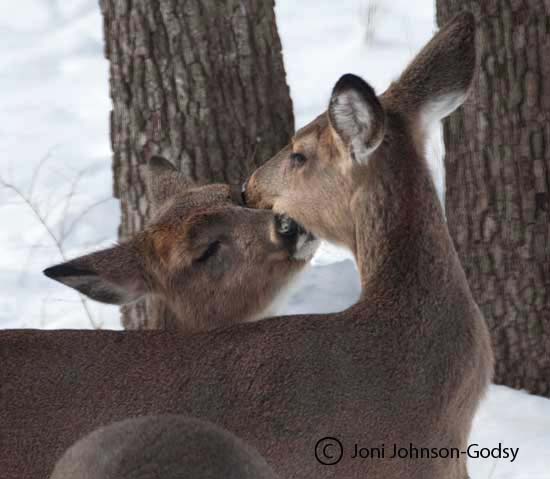
Another mother and daughter share a tender moment. Fawns look to their mothers for guidance and decision making. And the does show amazing patience as their fawns learn valuable life lessons. Whitetail does are wonderfully devoted mothers.
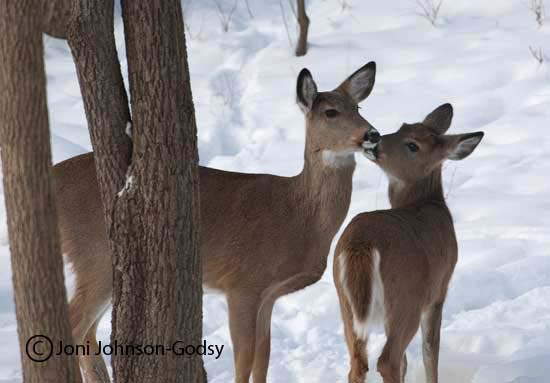

(Below) Trouble in paradise. Sometimes when a youngster crosses a social line or comes too close to someone else’s mother, the emotional energy changes. The fawn below knows that she has made a mistake. The doe tells her so with a dramatic display of disciplinary body language. A swat from a front hoof is coming. The fawn knows this and attempts a hasty retreat.
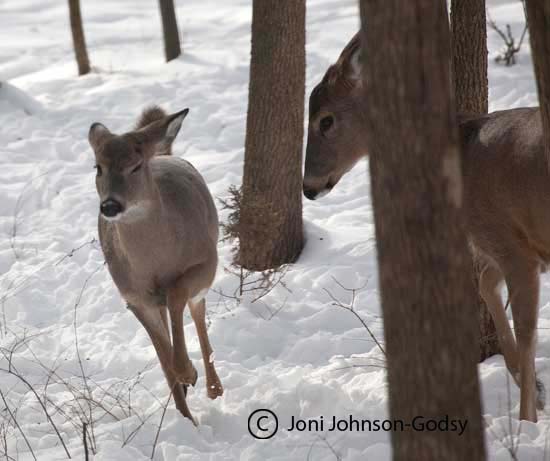
Another situation where a reprimand is necessary. This fawn does not belong to this doe. Like many ungulates, whitetail deer mothers know their own fawns even from a distance and don’t tolerate close contact with others. This fawn knows what is coming.
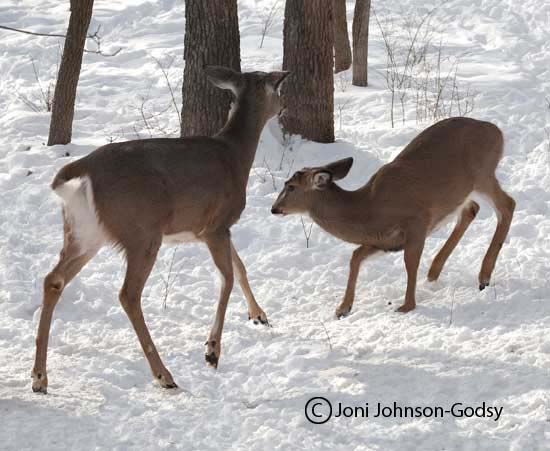
(Below) This youngster approaches with trepidation. The uncertainty is written all over her face. Big bucks were already in the area and they won’t allow her to come near them. She knows this and proceeds with great caution. She is so wonderfully expressive with her emotions.
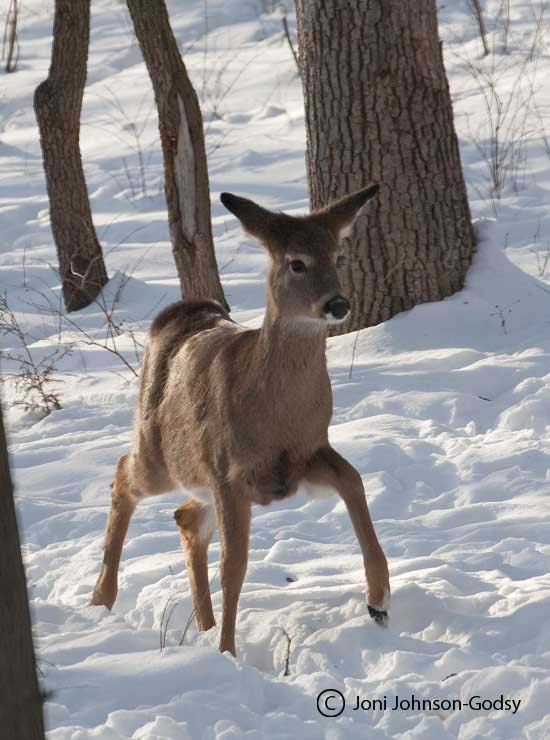
The buck on the left (our long time resident Broad Beams) shows an obvious display of dominance and displeasure. The buck on the right is Shark, a new buck in the area who temporarily denounced Broad Beams from the top position. But antlers are everything in the world of whitetail bucks, and Broad Beams still has his here. Well…..it’s PAY BACK time! Shark doesn’t want trouble and makes good his escape.
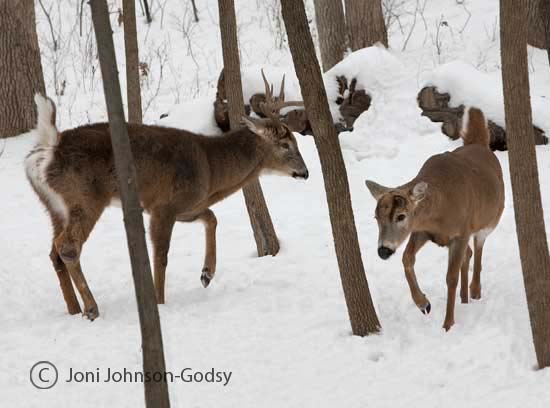
With a distinct display of aggression Broad Beams lowers his head and flattens his ears back. This body posture is very effective and helps deer avoid dangerous physical contact with each other. The only time this may not work is during the rut, when violent battles sometimes do take place. But outside of the rut, deer have a very effective way of “talking” that requires no sound.
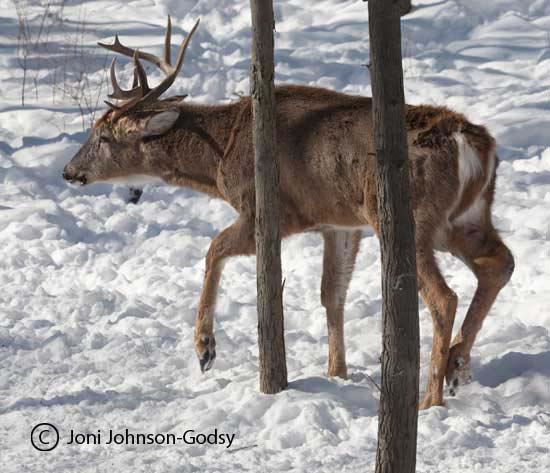
(Below) Mohawk makes it clear that another buck has come too close. Just about anyone would know by looking at his face that one step closer could be your last. The silent language of animals transcends species.
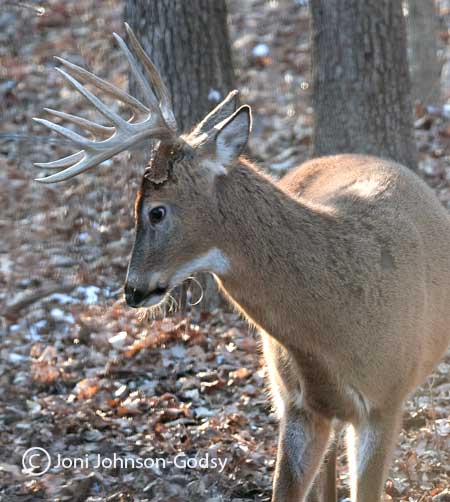
The next time you get a chance to watch wild animals going about their business, take a good look at what they are really saying to one another. This silent language is actually spoken quite loudly.


